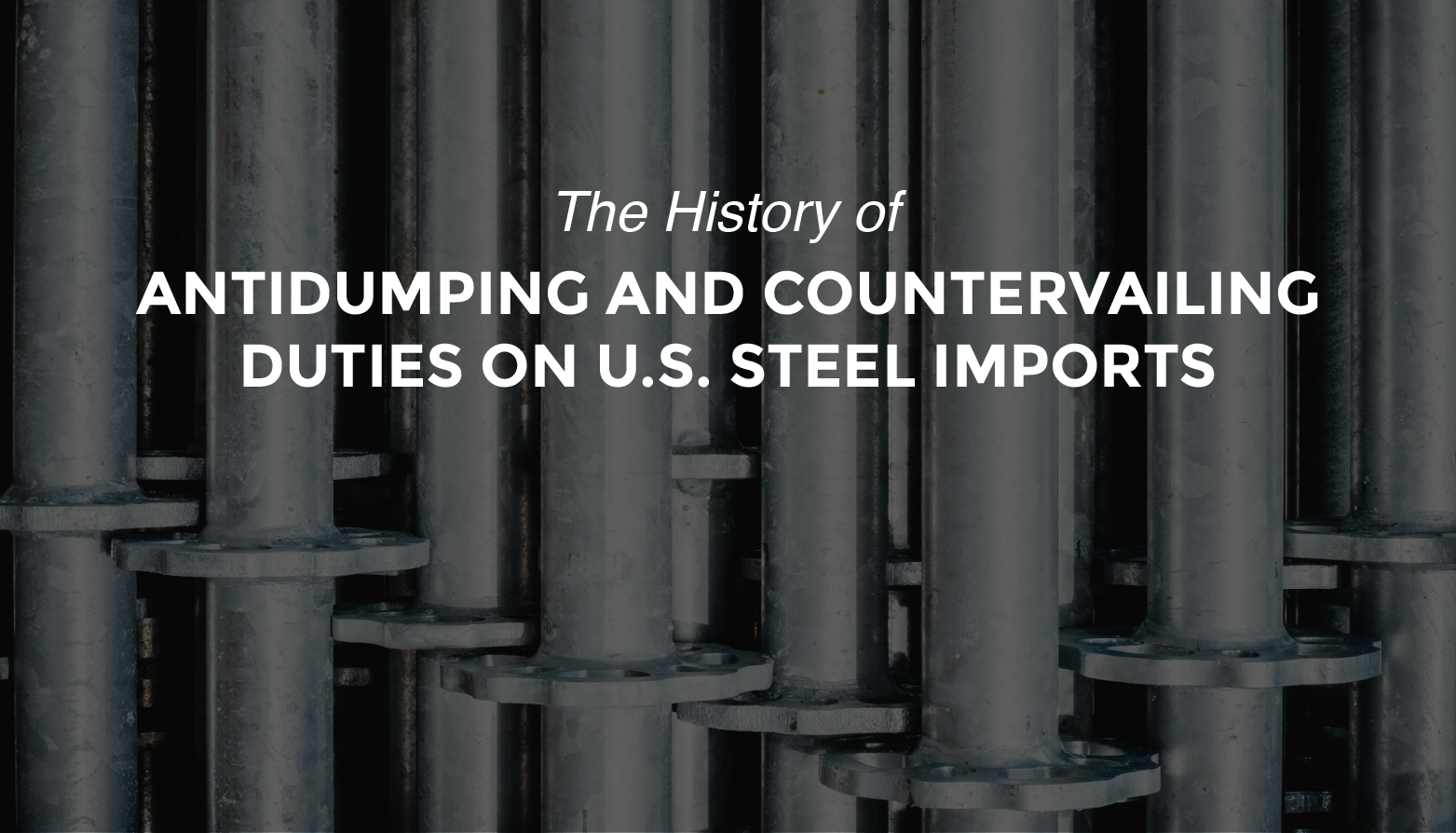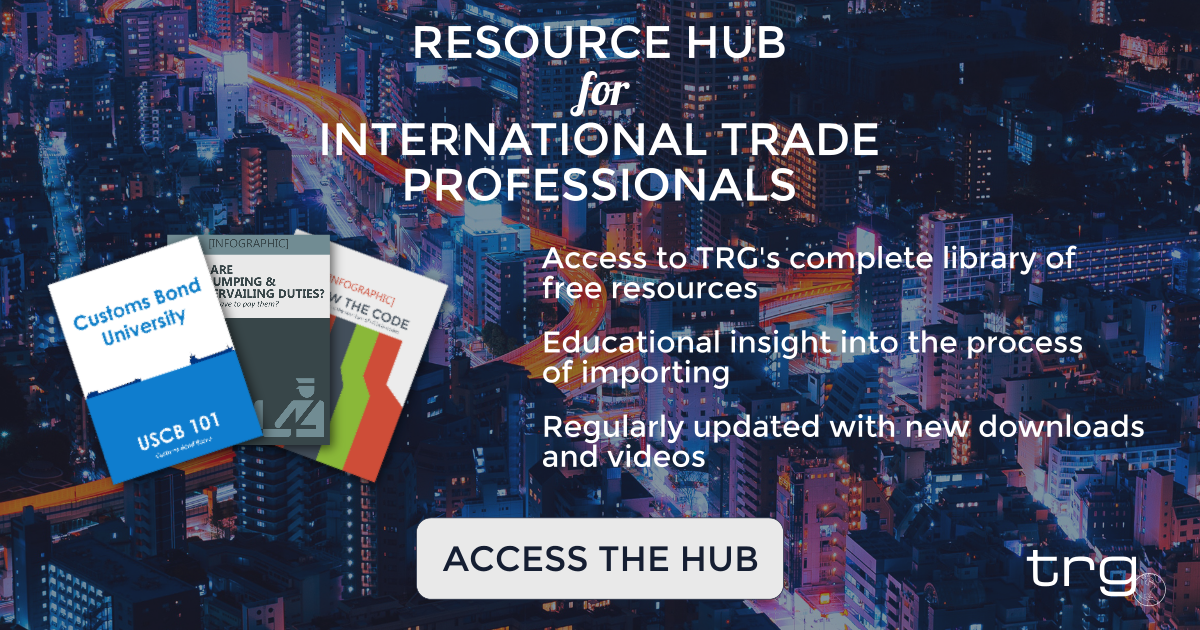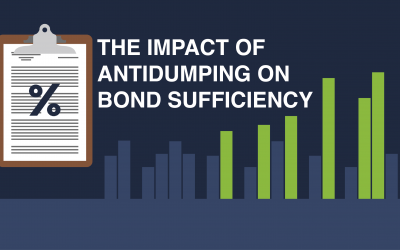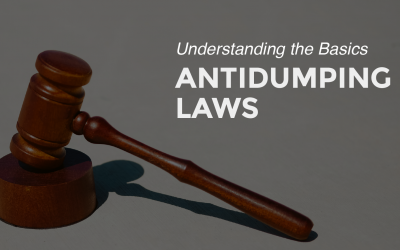Understanding the long history of Antidumping and Countervailing duties on steel imported into the United States helps clarify the history these duties have in the U.S.
Antidumping and countervailing duties, also known as AD/CVDs, are a form of trade protectionism that has been used to protect domestic industries from foreign competitors selling goods at lower prices than those available domestically. In the United States, these duties have been in use for more than a century and continue to impact importers to this day.
To learn more about the history these duties, read TRG’s overview of the history of antidumping and countervailing.
A Brief History of the U.S. Antidumping and Countervailing Duties on Steel
The origins of antidumping and countervailing duties on steel can be traced back to 1902, when the US imposed duties on imported steel from Belgium. Since then, the U.S. has used AD/CVDs to protect its steel industry from foreign competitors.
In the early part of the 20th Century, the U.S. was one of the world’s leading steel producers. However, in the late 1950s and early 1960s, the U.S. steel industry faced a crisis when the industry was unable to compete with lower priced foreign steel. This lead to a rapid decline in the domestic production of steel within the U.S. This cased the U.S. to began implementing an antidumping and countervailing duty system in the 1960s.
This system was put into place to protect U.S. steel producers from foreign countries that were selling steel in the U.S. market at below-market prices. These imposed duties on foreign steel imports protected the domestic industry and encouraged a reinvestment into the domestic steel industry. The U.S. also imposed countervailing duties on imported steel from countries that it considered to be unfairly subsidizing the steel industry.
In addition to the antidumping and countervailing duties on steel, the U.S. also implemented other protectionist measures such as voluntary import restrictions and production quotas. Today, the U.S. still has a number of AD/CVDs in place on steel imports, and these are regularly updated as the situation in the steel industry changes.
What to Know When Importing Steel into the United States
Are you looking to import or already importing steel into the United States? If so, it is essential to understand the current antidumping and countervailing duties that may apply to your imported steel. Staying up-to-date on the AD/CV case that applies to your goods can comply with all regulations and avoid any potential fines or penalties.
If you are unsure of the specific antidumping and countervailing investigation that is applicable to your imported steel, you can use the International Trade Association’s AD/CV Search Tool to look it up. This tool allows you to search using a keyword or case number to locate the correct case. Once you have located the correct case number, you can also use this tool to find out updates of where this investigation is in the process.
For more insight into the process, take a look at our antidumping/countervailing investigation timeline for a graphic understanding of the steps involved.
In addition to this, it is important to keep track of what duty amount is due at the time of import and have an approximation of when your antidumping and countervailing entries may liquidate. This will help ensure that you are paying the appropriate duty amount and will enable you to accurately plan for any additional costs associated with importing steel into the United States of America.
What About Getting a U.S. Customs Bond for Your AD/CV Entries?
Trade Risk Guaranty has worked with many businesses bringing in goods subject to antidumping and/or countervailing in order to make securing a U.S. Customs Bond easier. This includes looking for ways to reduce the collateral required or even to find alternatives to placing collateral.
Trade Risk Guaranty’s Antidumping and Countervailing Program takes an importer’s unique situation into consideration and provides an individualized option. This custom solution is often at a lower overall cost to the importer, saving them money year-over-year and freeing up cash flow so they can continue to focus on what’s important: growing their business.
Contact a TRG expert to discuss your options for securing a U.S. Customs Bond for your antidumping/countervailing entries.







![[Video] What Are Antidumping and Countervailing Duties?](https://traderiskguaranty.com/trgpeak/wp-content/uploads/2024/03/what-are-antidumping-countervailing-duties-YT-400x250.png)